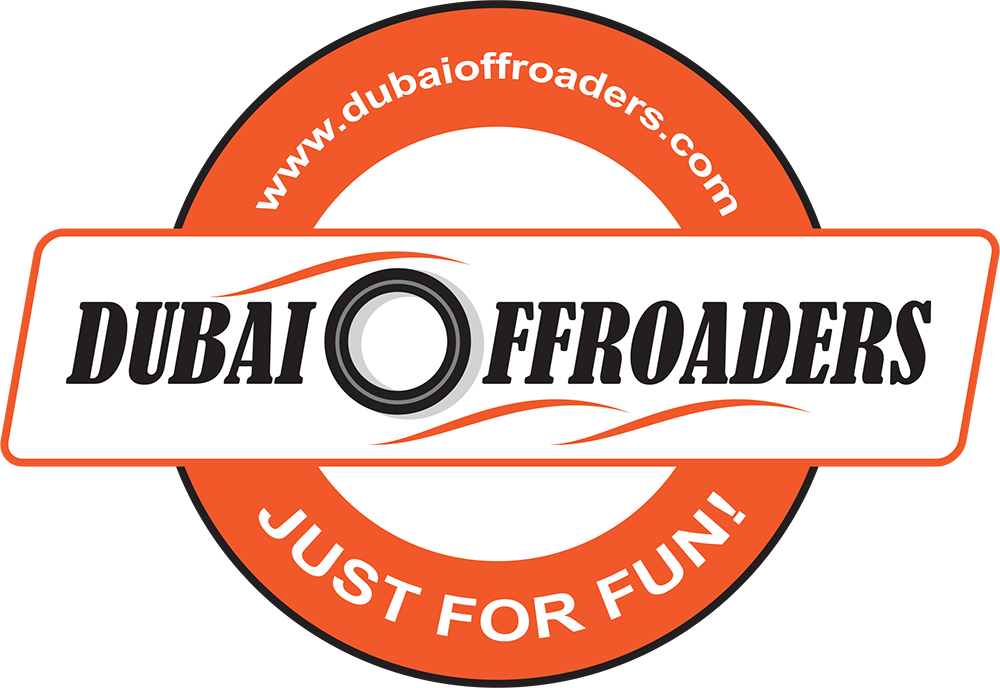4X4 Recovery Tips & Techniques
- This topic has 12 replies, 6 voices, and was last updated 8 years, 2 months ago by
AblernEagle.
-
AuthorPosts
-
 June 22, 2012 at 11:26 am #1271
June 22, 2012 at 11:26 am #1271First thing is to always remember safety. Always follow instructions from Marshals and guid line with recovery equipment and NEVER use it if it’s damaged in any way. Also check all surroundings and make certain by-standers stay clear and out of the way in case something does go wrong.
Always use equipment rated to a load heavier than needed and maintain everything in a good working and CLEAN order.
The safest and best way to travel off-road is with another vehicle, this makes recovery work so much easier and safer.
Snatching:
The most common recovery method is snatching, though I think it is done too often and abused. I prefer to always look for another way to recover first as snatching puts immense forces and loads on equipment and vehicles.Always make sure you use a rated recovery point on your vehicle, never use a tow ball, bumper bar, bull bar (unless it is designed with rated recovery hitches) or vehicle tow hoop. I often see people use the tie-down/tow points on their cars and this is very dangerous. It can shear off and become a projectile or cause chassis damage, this is also why you never use a tow ball as well.
When using a snatch strap make sure it’s rated for the vehicle you are going to recover and use rated bow shackles, attach these to your recovery points and DONT over tighten the bow shackles! Do them up completely but not tight as you will find them difficult to get undone often after a recovery. The method is simple both vehicles should be running and normally use 2nd low range. You don’t normally need much speed at all so a gentle take off is more than enough as soon as the strap has no slack the bogged vehicle should also engage gear and SLOW accelerate keeping wheel spin to a min.
Let the store energy in the strap do the work and the car will snatch free, always clean your straps before storing them away for the next time. ALL 4WD’s should carry their own basic kit and gear rated to their vehicle. A good pair of riggers gloves, snatch strap, min 2 x bow shackles, strap dampener (a towel or bit of heavy clothing can be used). If you have 2 recovery point use them BOTH, this means getting a equalizer strap which attaches to each point with a bow shackle and you slide the snatch strap onto it and then attach the other end to the recovery vehicle also using a bow shackle.
You can use a tow bar safely as a snatch point but NOT the tow hitch or tow ball, if you use the tow bar use a rated locking pin in the tow hitch receiver and attach the snatch strap to that or buy a tow hitch receiver recovery hitch.
Self recovery methods:
Winching is often used, either Electric or Hand Winch.
Whenever winching always try to use a pulley/snatch block to halve the working load and effort, always use a cable dampener or heavy clothing/blanket on the cable. Again rated recovery points and bow shackles ONLY, make sure all by-standers move well away and stay clear. Buy winches designed for the task of 4WD recovery, not load shifting or lifting small winches or boat winch’s etc. If using a tree make sure to use a tree protector and snatch pulley, if your winch uses cable make certain to wear riggers gloves.If a cable is damaged NEVER use it, common sense folks. It will and can save lives and expensive repair bills.
A good long handled shovel is one of the best recovery tools you can carry, whenever you need to recover also dig out what is directly in front of your wheels and whatever your car is stuck on if you can. You should always walk a difficult part of a track first giving thought to your vehicle and it’s clearance and underbody.
Think about where to place your wheels and where things may get hung up or stack and look to road build BEFORE committing to driving the track. This will make things easier, safer and most likely save you from needing a recovery. If a rut is too deep it’s still often the best place to travel so maybe filling it in enough for your vehicle to get through. If there is a big hole fill it with a few rocks, always a good idea with any vehicle but a very good idea with IFS vehicles as they have more limited articulation than other suspension types.
The idea is to make sure you have a surface your tyres can stay in contact with, thus limiting the need for recovery, people ask why do I talk about this in a recovery section? Well it’s being pro-active and doing your recovery work before your stuck making things easier, safer and often just as much or more fun and limiting environment and track damage. This also means less damage to your vehicle and tyres which saves you money so it all makes good sense.
Then there is also very useful things like Sand Ladders etc. These are simple devices that when you have lost traction on sand you simply put them under the front of your wheels and then drive out on them.



 September 22, 2012 at 4:49 pm #19064quote GKumar:quote firoztv:Can it be possible to change the font color? (It’s little bit hard to read) :thanks:
September 22, 2012 at 4:49 pm #19064quote GKumar:quote firoztv:Can it be possible to change the font color? (It’s little bit hard to read) :thanks:I believe its due to the “style” you are using. Please change the style and try, it should be fine.
PM Hamza, the style you are using and he will fix it 🙂:ymapplause: :thanks:
December 14, 2014 at 5:45 pm #31593Thanks for this nice information, I have a question and I need your advice:
I Have LWB pajero and I’m planning to buy rated snatch strap and shackles, is 8 Tons strap and 3.25 shackles good enough for pajero or shall i go for 11 Tons and bigger shackles? I read in one of the off-road websites that too strong straps will not allow it to stretch enough and does the job correctly.
I found here Bushranger brand here in Al Ain, is there any other relabel rated and cheaper brands?quote Murad Tardi:Thanks for this nice information, I have a question and I need your advice:
I Have LWB pajero and I’m planning to buy rated snatch strap and shackles, is 8 Tons strap and 3.25 shackles good enough for pajero or shall i go for 11 Tons and bigger shackles? I read in one of the off-road websites that too strong straps will not allow it to stretch enough and does the job correctly.
I found here Bushranger brand here in Al Ain, is there any other relabel rated and cheaper brands?Hi Murad
A snatch strap is a “nice to have tool” but a viking rope is “must to have tool”. You should procure a viking rope first as it is ideal for recoveries in off-road conditions.
December 15, 2014 at 7:23 am #31599Thank you Sajid,
where can I get good one? and any recommended brand?
I’m living in Al Ain and I feel there is nothing here, I checked in the industrial area and they have rubbish. and ACE doesnt have Viking.
please take in consideration that I’m not a regular offroader, I just go to desert or beach few times a year. but i know that when recovery tools are needed they worth their weight gold.quote Murad Tardi:Thank you Sajid,
where can I get good one? and any recommended brand?
I’m living in Al Ain and I feel there is nothing here, I checked in the industrial area and they have rubbish. and ACE doesnt have Viking.
please take in consideration that I’m not a regular offroader, I just go to desert or beach few times a year. but i know that when recovery tools are needed they worth their weight gold.Hi Murad
Try Blingmytruck, Robbies, Ramy 4×4, Icon Auto, Offroad Zone. I am sure it is available locally. Unfortunately, our Marshall who used to organise viking ropes is on a sabbatical.
Viking rope will last you a long time and is a good investment even if you are not a regular offroader. If you feel you don’t need it, you can always sell it off quickly as they are very much in demand.
March 1, 2016 at 4:04 pm #35177It such a nice information. I love the article thought it has a lot grammer issue 😛 By the way I found one more interesting article about most common mistake on offroading please use the link to open web page. https://goo.gl/1LQncD
-
AuthorPosts
- You must be logged in to reply to this topic.








